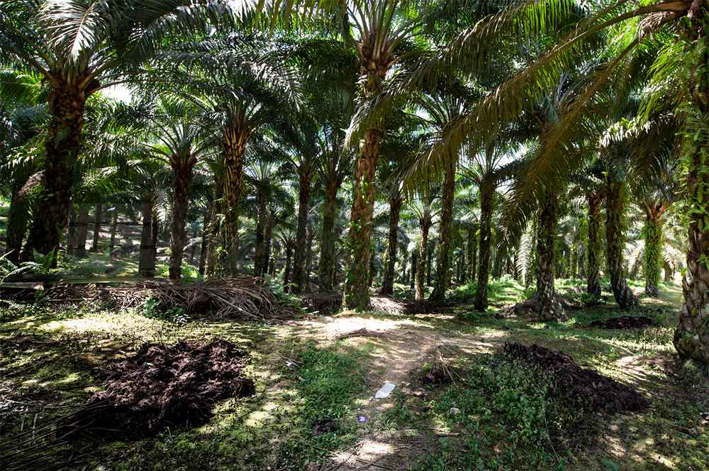The Science 2
Secrets of the Soil.
The linkages between soil organisms and soil functions are observed to be incredibly complex. The interconnectedness and complexity of this soil food web means any appraisal of soil function must necessarily take into account interactions with the living communities that exist within the soil.

We know that soil organisms break down organic matter, making nutrients available for uptake by plants and other organisms. The nutrients stored in the bodies of soil organisms prevent nutrient loss by leaching. Microbial exudates act to maintain soil structure, and earthworms are important in bioturbation. However, we find that we don't understand critical aspects about how these populations function and interact.

The discovery of Glomalin in 1995 indicates that we lack the knowledge to correctly answer some of the most basic questions about the biogeochemical cycle in soils. Glomalin-related soil proteins (GRSP), along with humic acid, are a significant component of soil organic matter and act to bind mineral particles together, improving soil quality. Glomalin has been investigated for its carbon and nitrogen storing properties, including as a potential method of carbon sequestration.
Glomalin is hypothesized to improve soil aggregate water stability and decrease soil erosion. A strong correlation has been found between GRSP and soil aggregate water stability in a wide variety of soils where organic material is the main binding agent, although the mechanism is not known. We have much work ahead to gain a better understanding of how soil biological components affect us and the planet they share with us.
